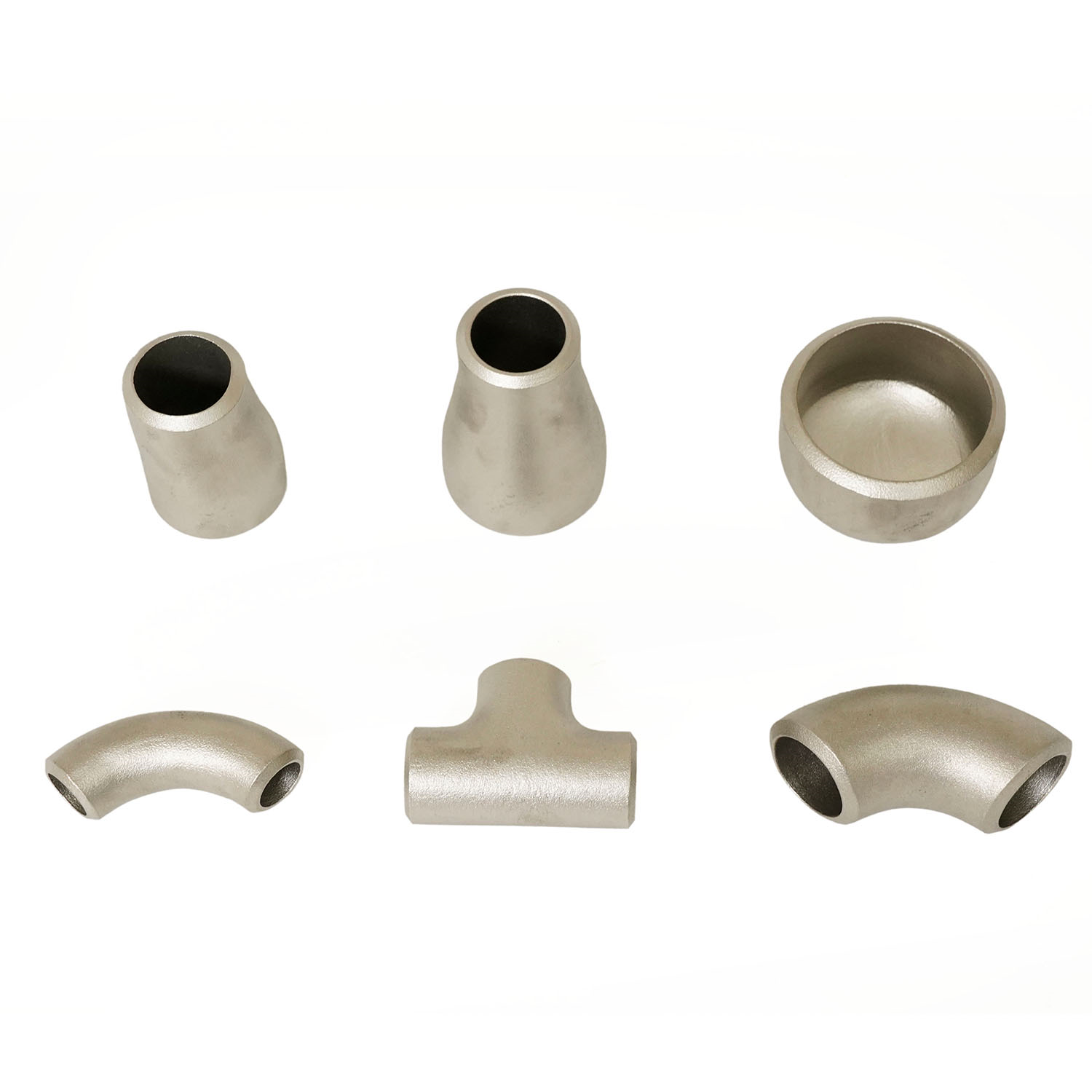High temperature range
When the temperature is between about 350°C and about 1000°C, the intermetallic phase will precipitate, causing the material to embrittle at room temperature. To avoid intermetallic phase precipitation in the high temperature range (approximately 600-1000°C), a rapid cooling process can be used.
In contrast, the precipitation rate of intermetallic phases in the low temperature range (about 350-600°C) is slow and does not usually pose a problem for metal processing (welding, heat treatment, etc.). However, for operating temperatures in the 250-350°C range (typically found in the chemical industry), the situation is different. If you stay in this temperature range for thousands of hours, coupled with transients, low-temperature precipitation can occur, so the designer must know the extreme range. For example, higher contents of chromium, molybdenum, copper and tungsten can increase the speed of precipitation power. Therefore, it is generally believed that the low-temperature precipitation resistance of lean duplex stainless steel is higher than that of super and extra super duplex stainless steel.
Pressure vessel specifications have stipulated the maximum operating temperature, as follows:
European specification EN 13455 limits the maximum operating temperature to below 250°C. This is a fairly conservative rule.
ASME Standard No. 8, Part 1 limits the service temperature of most steels to below 316°C. These specifications come with a warning message: If the temperature is above 260°C, embrittlement of the steel may occur.
So far, there are no specifications distinguishing Lean Duplex Stainless Steel from Standard Duplex Stainless Steel, but there may be in the future.
Low temperature range
Unlike austenitic stainless steels, duplex stainless steels undergo a ductile-to-brittle transition as the temperature decreases, evidenced by a decrease in impact resistance (usually measured using the Charpy impact value). This limits the low-temperature applications of duplex stainless steels. As for the lowest temperature at which duplex stainless steel can be used, it is set by the lowest required shock value.
However, there are many adjustments that can be made to improve the impact resistance of duplex stainless steel at low temperatures:
Moderately reduce ferrite content through chemical composition adjustment
Optimized forging/hot rolling
Optimized heat treatment
Duplex stainless steel meets the relevant requirements of various international standards (such as ASTM, NACE and Norsok); the minimum Charpy KV impact value specified by these international standards is 45J at -46°C.
In recent years, due to the requirement of operating temperatures as low as -80°C in the Arctic, duplex stainless steel has been further optimized. The Charpy impact value must reach 200J at -100°C. Typically, weld performance determines the minimum service temperature.
Post time: Jan-05-2024

